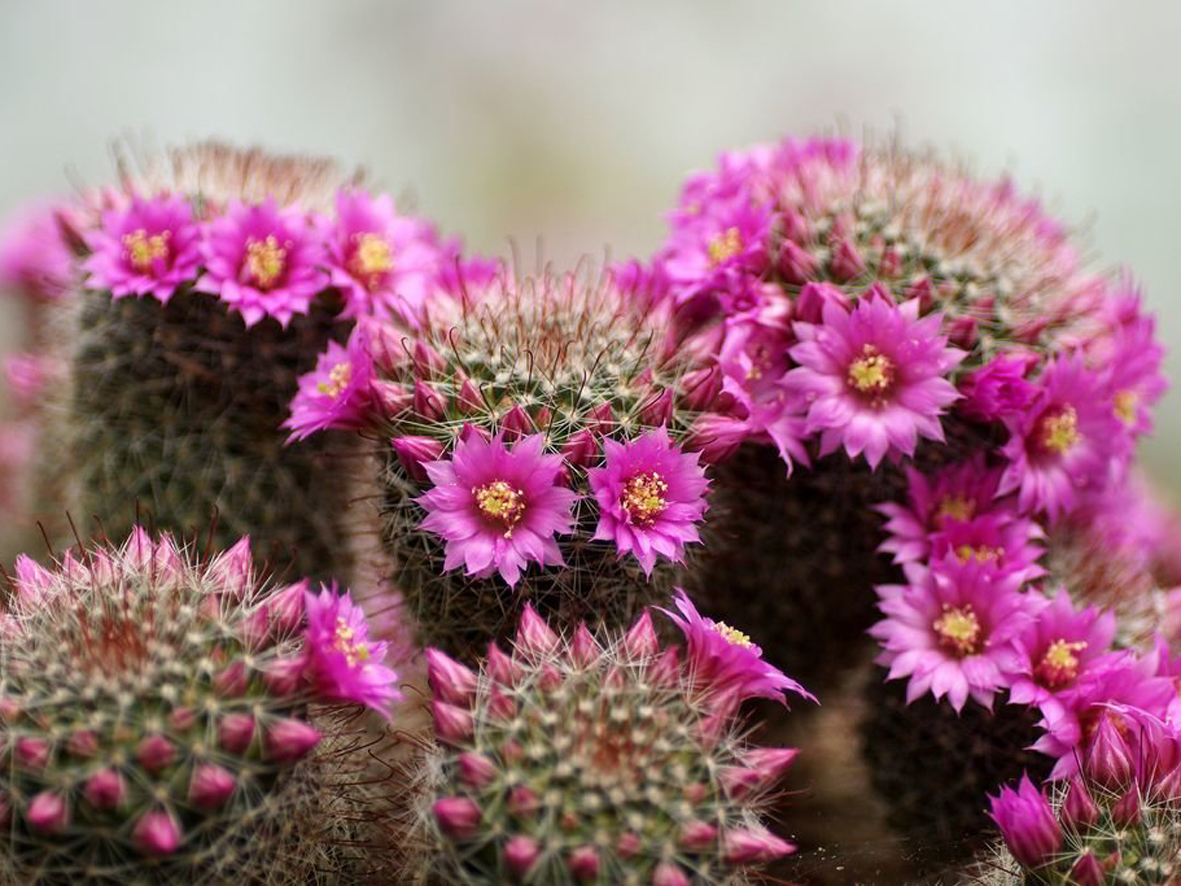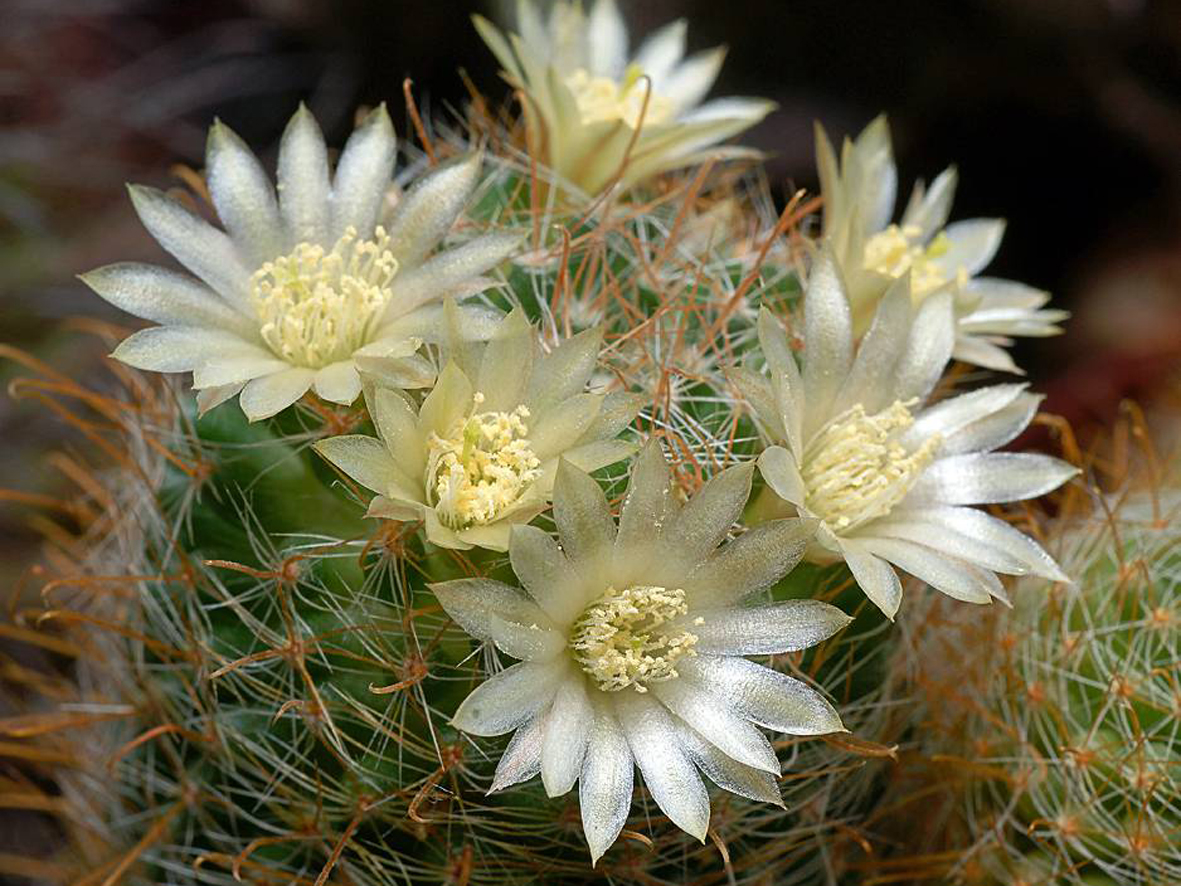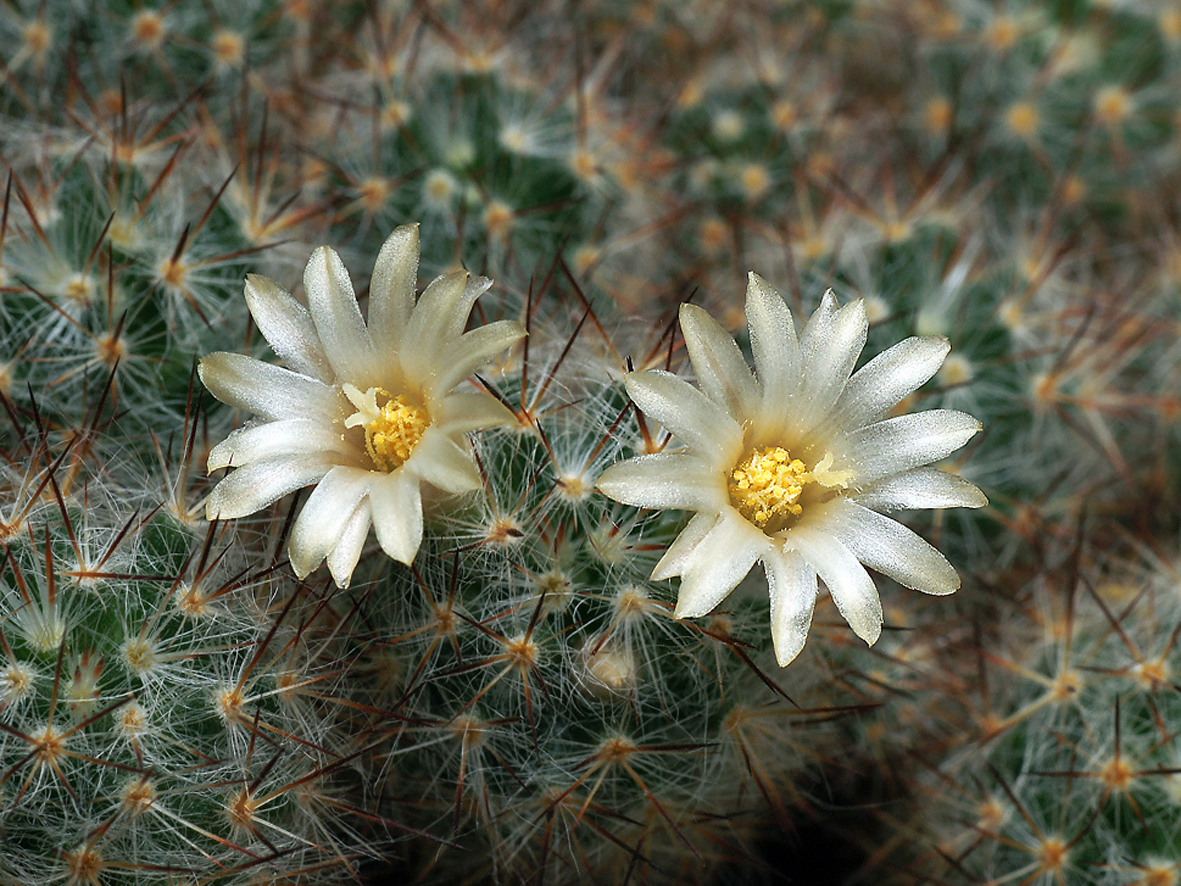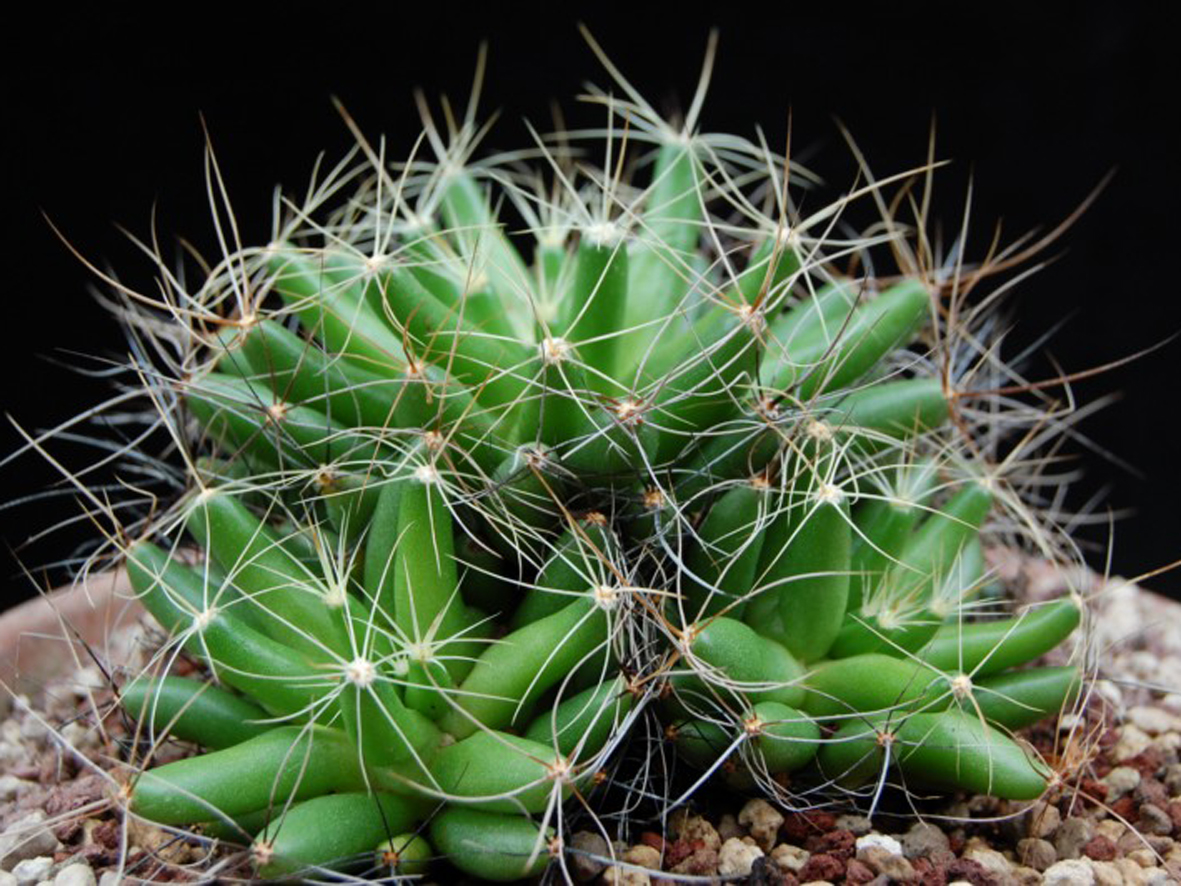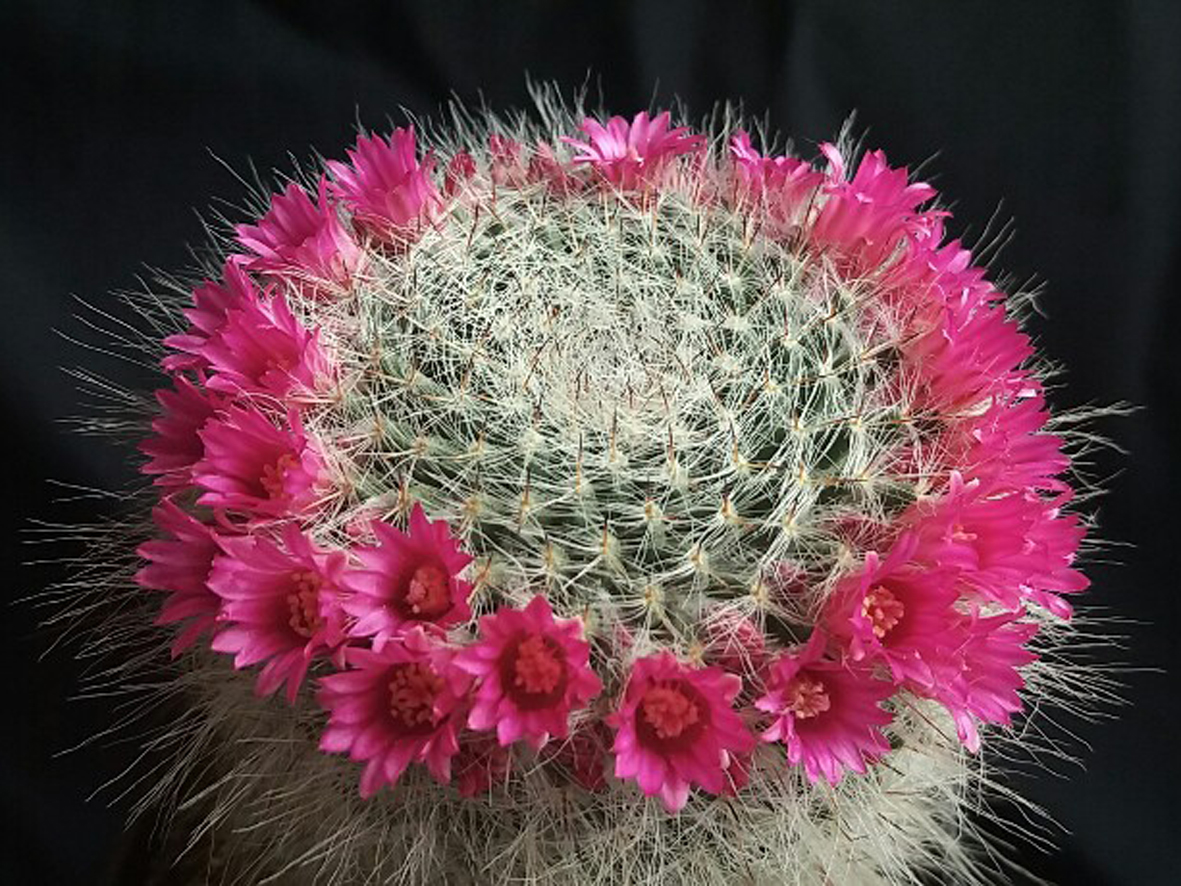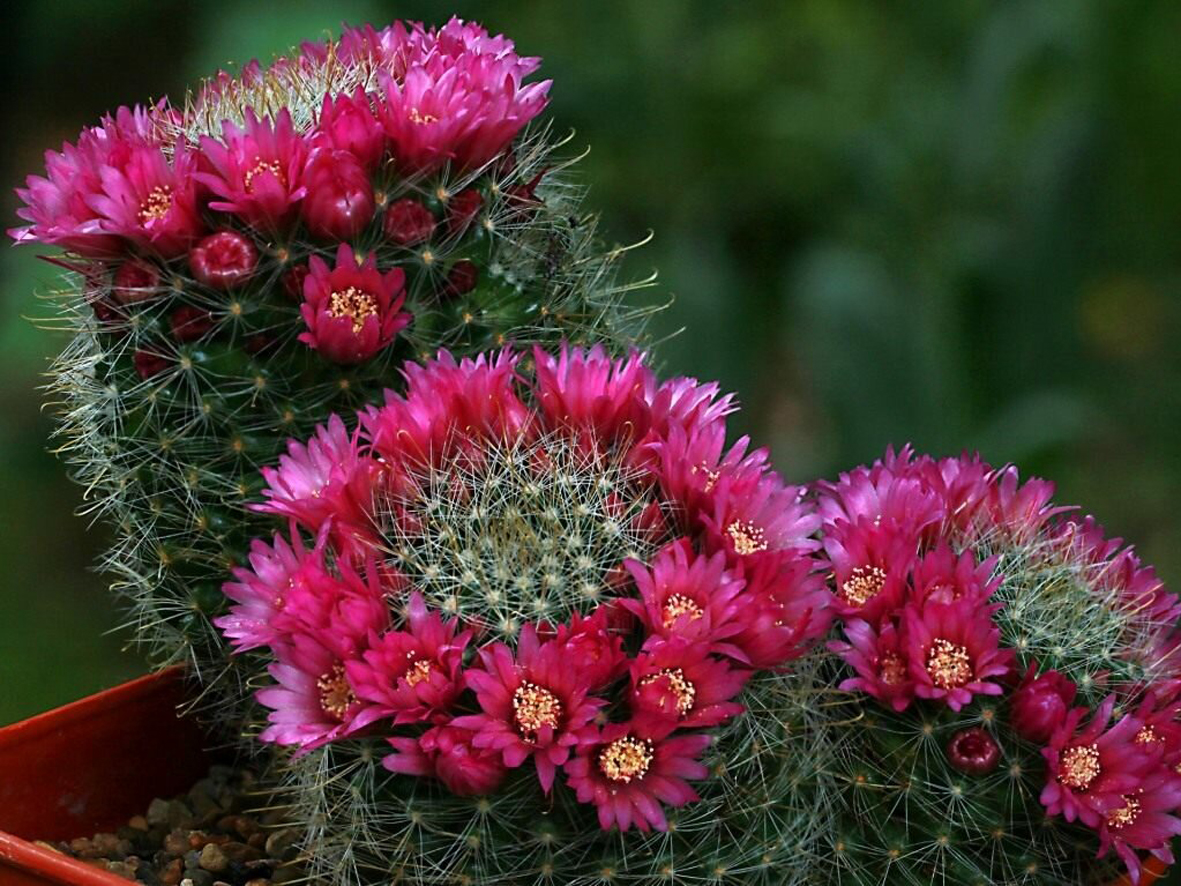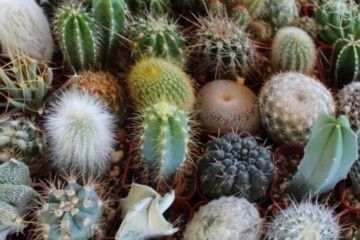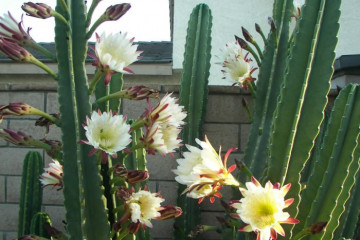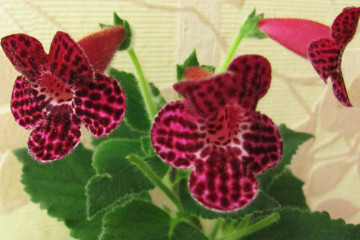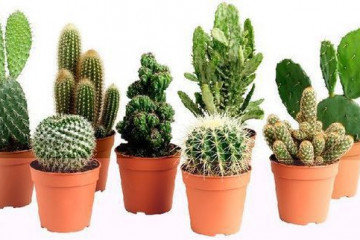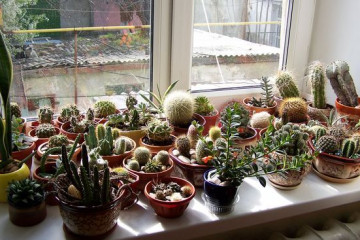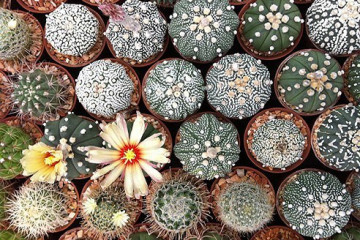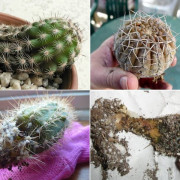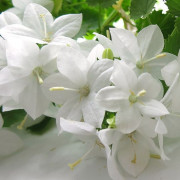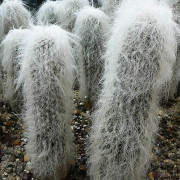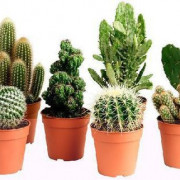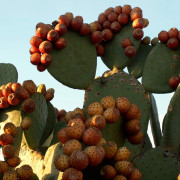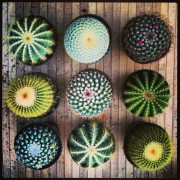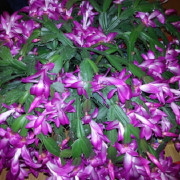Mammillaria cactus - types and care at home
Content:
Cacti occupy a special place among indoor flowers. Many of them are very unpretentious and at the same time very decorative. These are the characteristics that the Mammillaria cactus possesses, the species of which are very diverse. It is not only attractive in appearance, but also does not require special care. The flowering of this plant can be called its separate advantage.
Description and characteristics
The homeland of the flower is North, Central and South America, as well as the West of India and Venezuela. The genus has more than 300 species and it continues to grow with new varieties. The Latin name for the flower is mammilaria.
The height of the plant does not exceed 20 cm, and the width is 40 cm. The shape can be varied and depends on the variety - it can be flat, elongated or spherical. A distinctive feature of mammillaria is the absence of ribs. Instead, the plant has tubercles, thanks to which it can store moisture and go without watering for a long time.
The size, shape and color of flowers also depends on the variety. Most varieties form flowers at the top of the plant in a circle. The size of the flowers can vary from 2 to 5 cm. The color of the petals can be red, yellow or white.
Common varieties
Among the variety of species of mammillaria, there are several varieties that are most suitable for growing in a house or apartment. All of them are very decorative and differ not only in appearance, but also in the color of the flowers.
Mammillaria Wilda
It has a cylindrical shape and rich green color. The entire surface is densely covered with thin white spines. The flowers form medium-sized, about 2 cm, which are white in color.
Mammillaria Prolifera
It has a very original appearance. An oblong plant is covered with thorns of an unusual yellow shade. The shade of the inflorescences can be either white or yellowish.
Mammillaria long-papillary
A distinctive feature of the variety is the large size of the plant. Tubercles are also quite large and have a cylindrical shape with a conical end. The plant can reach a height of 15 cm.
Mammillaria Blossfeld
One of the smallest varieties. Differs in an unusual color of needles - they have a burgundy hue. The bright pink flowers have a white border around the edge. They are formed at the top of the plant, forming a kind of bouquet.
Mammillaria Bokasskaya
The variety is also called Bokasan. The flower has a branched structure due to children, which are actively formed on an adult plant. The flowers are snow-white in color.
Mammillaria Haniana
This type of cactus has a round stem and forms a group of several specimens as it grows. The surface of the plant is densely covered with white spines. It blooms with bright red flowers.
Mammillaria Bokassana
The flower can reach a height of 6 cm.The stem is covered with hook-shaped spines, which are surrounded by fine and soft hairs. The flowers are medium in size and can be white or cream colored.
Other popular varieties
The listed varieties are far from the entire list of varieties that are popular with flower growers. Separately, it is worth noting a few more types:
- Carmena. The hairs are brown and the flowers are white.
- Elongata or elongated. Large, up to 20 cm long stem, covered with golden spines. Flowers are white or yellow.
- Bakeberg. The bright red flowers form on a powerful stem that can reach 20-240 cm in height.
- Gracilis. Shoots are large, 4-5 cm in diameter. It has a dark long central spine.
- Bombicin or satin. Stems are covered with white radial spines and hook-shaped central ones. Funnel-shaped pink flowers.
No less interesting than Mammillaria Bakeberg are such species as Mammillaria Bokasana, Lyuti and Mix. All of these varieties are easy to care for. Some of them grow quite quickly, and some varieties develop lateral shoots rather slowly. The main quality that all varieties of mammillaria unite is care that does not require special skills and resistance to drought.
Features of home care
Like all home cacti, mammillaria requires minimal care and maintenance. All requirements and activities are presented in the table below.
| Temperature | The optimum temperature of the content is 18-23 ° C. A decrease in the indicator below 15 ° C is dangerous. |
| Illumination | It requires a lot of light and can even tolerate direct sunlight. |
| Watering | In summer, the soil should be watered 1-2 times a week, in winter no more than 2 times a month. |
| Humidity | There are no special requirements for the level of humidity. It tolerates drier air better than too humid air. |
| Soil composition | It is better to use a ready-made mixture for cacti and succulents. |
| Top dressing | They are introduced only in the spring-summer period using special formulations for cacti. Applied no more than 1 time per month. |
Mammillaria: winter care and flowering features
Care during the flowering of the cactus and during the dormant period are different. There are 2 basic rules to follow:
- During flowering, do not move the pot and make additional fertilizing. You should also protect it from direct sunlight. Almost all types of mammillaria cactus bloom in spring, but sometimes at the end of winter. It is especially important to ensure regular watering during bud development.
- Before the onset of the winter dormant period, the number of waterings is reduced to 1-2 times a month. The frequency of fertilizing is also gradually reduced, and by the beginning of winter they completely stop making them.
For cacti, the dormant period is very important, because it is the presence of this stage of development that is the key to abundant flowering. If you provide all the conditions for the flower to pass the stage of rest and development, then this will positively affect both the growth of the vegetative mass and the number of buds.
Reproduction and transplantation
Mammillaria is easiest to propagate by shoots, which take root rather quickly. They are planted in separate pots filled with a mixture for cacti and at first they often moisten the soil. How to care for a mammillaria cactus and propagate it is quite simple.
There is often no need to replant a cactus. Repotting is only required when the pot is too small for the plant. In this case, after the end of flowering, the plant is removed from the old container and planted in a more spacious pot.The soil for planting is used special for cacti.
It is important to choose the right pot - not very deep and with 4-5 drainage holes.
Growing problems
Cacti are very unpretentious and practically do not react to small deviations from the rules in care. Waterlogging becomes the most destructive, which can be caused by both excessive watering and improper soil composition.
Mammillaria can also be attacked by pests. Most often, the cactus suffers from the red spider mite, scale insects and nematodes that infect the roots of the plant. If there are any signs of the presence of pests, the treatment should be carried out immediately and the plant should be isolated from others until complete recovery.
The Mammillaria cactus is striking in its variety of species. Different plant varieties differ in the shape and color of not only flowers, but also thorns. The height and diameter of the stem can also vary greatly from cultivar. Mammillaria cactus, home care for which is simple and straightforward, is suitable for growing even for beginners.
